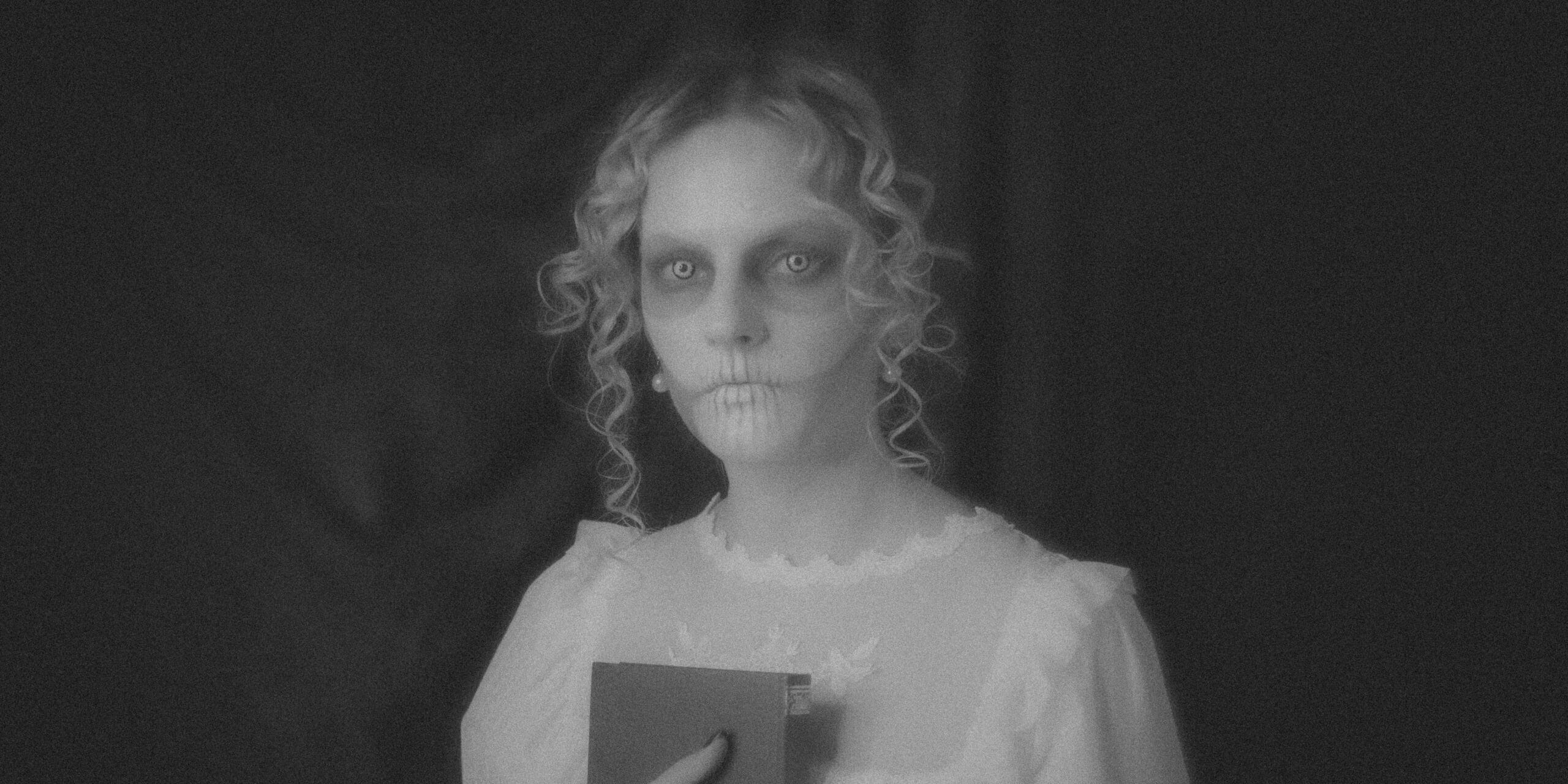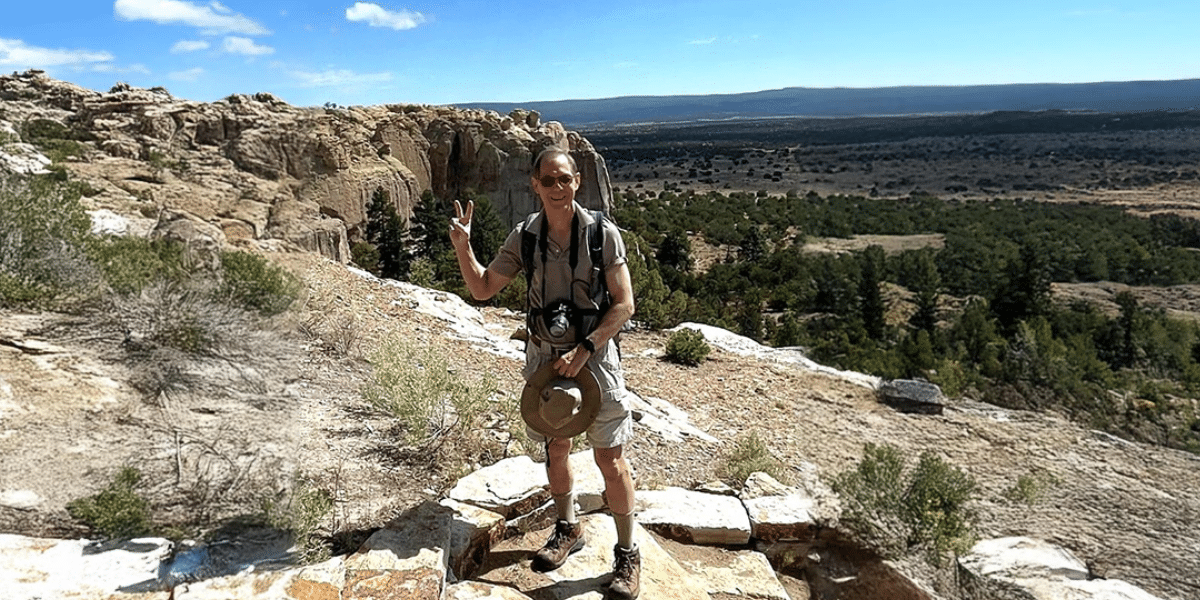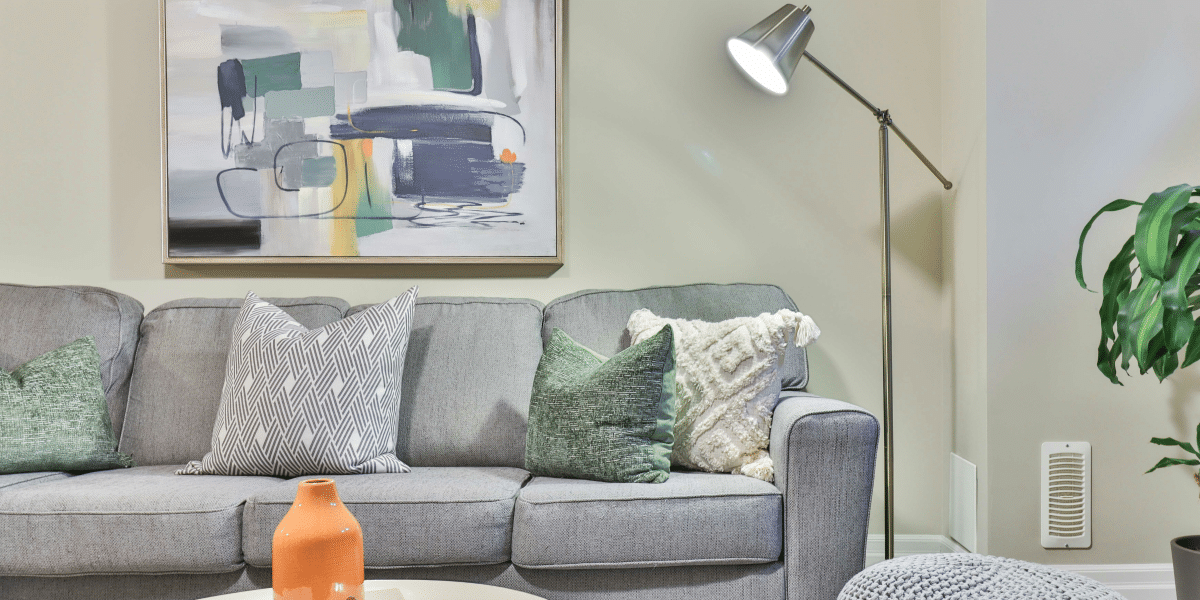Melanie Francesca, a captivating figure in Dubai’s literary scene, has made a profound impact on the realms of art and literature. Her most recent work, titled “The Books of the Secret,” has captivated a wide audience, inviting readers on an introspective and spiritual journey. Melanie’s unique ability to combine words with her art installation, known as “THE BOX,” showcased at Rome’s prestigious Primaticcio Gallery, has mesmerized viewers. Notably, esteemed psychologist Maria Rita Parsi has lauded Melanie for her skill in revealing profound significance in both the every day and the extraordinary.
The great Italian psychologue describes Melanie Francesca as “an author capable of making the imagination gallop a thousand, without borders. Melanie Francesca is a surprise, above all and first of all, for her extraordinary ability, melodiously and dreamily expressed, to build emotional scenarios that are rooted in every myth and every time. A female James Joyce to sip to open the doors beyond our unconscious.”
“We are miracle factories just to get out of the prison of the ego and the mind,” says Melanie Francesca, “This is why when one creates, and everyone can reach this dimension of creation, one leaves the mind and philosophy, and one stops thinking. We think of colors, we think of sounds, we think of vibrations but in a different way from the mind. Rather than thinking, we begin to feel. The brain of the heart is more powerful than the mind, and this is the key not only to the artistic process but to intuition in general, such as the scientific one when the genius makes a discovery that overturns every known concept of the universe such as quantum theory for example, or an archaeological intuition that will upset all past vision of history. I am convinced that true knowledge resides in intuition, and humans are increasingly approaching this way of feeling, shamanic instead of rational. We are in a new world.”

“THE BOX – A CULTURAL CONFLUENCE IN ART”
Central to Melanie’s Rome exhibition is her masterpiece, “THE BOX,” an installation that skillfully merges classical mythology with modern perspectives. This remarkable artwork, with a substantial weight of 400 kilograms and dimensions measuring three by three meters, offers a personal exploration of our shared human history, revealing the complexities of the human experience. Conceived in 2017 under the support of the United Arab Emirates’ Minister of Tolerance, “The Box” honors both Western and Middle Eastern cultures, advocating for the celebration of diversity and the pursuit of harmony.
H.H. Nahayan Bin Mubarak Al Nahayan, who believes in her exceptional talent, mentions: “Melanie skillfully combines her form of prayer to the universe and the omnipotence of nature, as well as to the grandeur of the human being. In a technological age like ours, it is a message of freedom, hope, and undeniable modernity.”
“In The Box, I talk about angels and demons,” explains Melanie, “There is Ophelia, lying on the ground like the Ophelia of the Pre-Raphaelites, languid and sinuous of a very sensual beauty. And her hair is tangled by demons, which are nothing more than aggregated obsessive and negative thoughts that become real.”
Every one of our thoughts resembles a vivid comic strip packed with substance rather than abstract concepts. If we immerse ourselves in weighty thoughts, we eventually find ourselves descending into a deep abyss. In this context, the floor of “The Box” represents Ophelia, who meets her demise in Dante’s inferno. There are also allusions to the illustrations of Gustave Doré, the renowned artist who illustrated Dante Alighieri’s works. Dante’s “Inferno” serves as an enigmatic, mystical account of what one might encounter in the afterlife, yet it already manifests itself in our earthly existence. This is precisely why I chose to display “The Box” at the Dante Alighieri Institute, as it draws its inspiration from Dante Alighieri himself, from Western history’s posthumanism, and the Renaissance era. As you ascend, you encounter the walls adorned with depictions of other Italian and European masterpieces, from Caravaggio to Michelangelo, the Virgin of Samothrace, Canova’s pyramid with its portal to the underworld, and even the Doge’s Palace in Venice. Each of these gazes upon both the abyss and the recognizable yet transcendent nature of human reality.
Highly regarded Italian critics have expressed strong praise for my work. The renowned psychologist Maria Rita Parsi has likened me to a contemporary of James Joyce due to my creation of a collection of whimsical poems composed of sounds and onomatopoeic elements alongside aphorisms that possess a musical quality. Much like James Joyce, I delve into the realm of synesthesia, forging connections and embracing a sense of time that transcends the physical and human dimensions, offering a perception of time that is distinctly unique.
Melanie Francesca’s art has earned accolades from the public as well as from the experts in the field. Vittorio Sgarbi, a renowned art historian and the Undersecretary of State at the Ministry of Culture, shares a unique perspective on Melanie’s work. He draws parallels between her poetic language and the sacred texts, prophets, and even the Divine Comedy. Sgarbi further evokes the spirit of poets like Rimbaud and Baudelaire, suggesting that Melanie Francesca’s work continues the tradition of modern lyric poetry. He notes that even if not everything in her art is readily understood, it leaves a deep impression, emphasizing the importance of the solemn and cryptic in her creations, which greatly connect the viewer.
Philosopher and professor Stefano Zecchi also contributed his acclaim to Melanie’s work. He lauded her mastery of language and its structural elements, characterizing her creations as exceptionally aesthetically pleasing within the realm of literature. His remarks underscore the intricacy and depth present in Melanie’s artistic endeavors, highlighting the narrative’s richness and the art of storytelling that she brings forth.
These expert observations make it clear that Melanie’s art transcends mere aesthetic admiration. Her creations invite viewers to interact with them on multiple intellectual planes. Her talent for blending literature, symbolism, and historical context distinguishes her as a prominent figure in the realm of art.

MELANIE FRANCESCA EMBRACES BEAUTY AND OPTIMISM
Melanie Francesca’s artistic journey extends beyond the realm of visual art and ventures into the world of literature, as demonstrated by her most recently translated novel, “The Angel,” released by Europe Books. This literary endeavor marks a seamless evolution of her multifaceted themes. It represents a continued exploration of her pursuit to transcend the chaotic distractions of everyday existence and discover profound meaning within the realm of the soul and love.
“The Angel,” in many respects, embodies Melanie’s artistic vision. It beckons readers to transcend the commotion and diversions of contemporary life, urging them to delve into the profound layers of existence and unadulterated essence. Through its exploration of the harmonious realms of the soul and love, Melanie’s novel provides a contemplative encounter, inviting readers to embark on a voyage of self-exploration and introspection, much akin to the impact her visual art has had on her audience throughout the years.
“The Angel is one of my favorite books,” says the writer. “It has a touching ending. The end is not an end but a beginning. It’s a dramatic book trying to help those like Dixi who feel betrayed not only by a man but also by life. Repeatedly. Alan is her angel, and he is there to help her for the same reasons that make him so close to his beloved. He, too, as a male, had the same experiences. So, in the book, there are all points of view, even of the boyfriend who makes her suffer and is a prisoner of the same karma. Because there are no victims or hunters, says the angel, being betrayed or betrayed is equal from the point of view of the afterlife. It is in these paradoxes that the strangeness, the out-of-line, the point of view that is not the human one is revealed. How can one say that the traitor is equal to his victim, the betrayed? Yet there is a logic that explains itself in the pages. The problem lies in the fact that the perpetrator and victim try to understand that they both have the same wound, which makes them act in one direction or another. They are two sides of the same coin. We need to go beyond matter and the ego to be able to see ourselves and the other with the eye of the soul and, therefore, get out of earthly duality. As long as we are in duality, we suffer. We belong to the karmic dimension of the victim and the hunter. But if you enter the space of the soul, which is in the famous presence that is talked about so much nowadays, you get out of this cannibalistic circuit. You get out of the famous karma.

In the space of the soul and spirit, there is peace. You see that the other attacks you, and instead of getting angry, you pity him because you see the suffering from which he is corroded, and you enter the space of compassion. This doesn’t mean having mercy on others in the traditional sense, but having the awareness that whoever is in front of you offends you because they suffer, and this has nothing to do with you. It’s his problem, and since he doesn’t accept your help, you don’t stand close to suffering his bullying to lighten him, but you leave, aware that the first to be loved by you must be you in order not to succumb, not to remain a victim. This transition from being perpetrator to victim is called awareness. And when you are in awareness, no one can really hurt you anymore because whatever happens, you are at peace. In the space of the soul. And then miracles happen.”
Melanie has evolved into a versatile artist whose creative odyssey has made an indelible impression on the realms of contemporary art and literature. Starting from her humble origins and culminating in her celebrated exhibitions spanning Europe and the Middle East, Melanie Francesca’s artistic contributions have garnered well-deserved acclaim. Melanie’s trajectory as an artist and author serves as a source of inspiration, enriching the cultural landscape with her stimulating and transformative works.
One On One with the Author
- What motivated you to write this book?
What served as the inspiration behind “The Angel”? “The Angel” was born out of my inner need to seek solace from certain personal struggles that I carried within me. The feelings of abandonment and the disorienting sensation of betrayal were at the core of it. It’s not necessarily my own narrative but rather something a writer invents to make the reality they experience more vivid. In the end, the book felt as if it had been dictated to me: there was always an unseen presence beside me, guiding my fingers on the keyboard. It was a presence that sent shivers down my spine and continues to communicate with me even now, especially when I light a candle and listen. The realm beyond life permeates us, and the spirits that surround us are in constant communication. We act as antennas, receiving and transmitting messages. It’s a matter of tuning into their wavelength, which vibrates at a slower, deeper frequency akin to the Earth’s song or that of nature. It’s a dimension where everything comes to a halt – our rush, stress, and haste. You feel as if silence is drawing you into a bubble of emptiness, and you exist in a state of suspension beyond the constraints of time. This non-time state is also referred to as the space of presence, where the eternal present moment prevails. When you enter this fifth dimension, you break free from the limitations of space and time, and you begin to connect with the true essence of reality. This space of presence unlocks the doors to what we call awareness – the realization that the reality around you is not precisely as it appears. Within this newfound space, you have the power to alter your reality because by transforming yourself, you also change the external world. However, you cannot transform the external world without first entering this realm of heightened awareness.
- Could you share some insights about the language used in your latest book?
My most recent book, which was published in Italian by Mondadori, is a collection of poetry that revolves around the intrinsic sound and potency of words, almost in a manner reminiscent of biblical resonance. It’s as though these words carry sound vibrations that possess a healing quality by resonating within your body, much like Tibetan singing bowls, shamanic drums, or modern bio-resonance, a recognized healing technique in Western medicine. In reality, the ancient civilizations had already explored this territory with their shamanic chants, and the poetry in my book can be likened to a shamanic chant; it elevates the reader and guides them toward beauty. Moreover, it unveils another spiritual dimension, one that was once accessible only to a select few priests, but thanks to the internet and the dissemination of knowledge, it has become accessible to everyone. This democratization of esoteric knowledge gives birth to new insights and contemporary sensibilities. This is why some have drawn comparisons between my book and James Joyce’s work: partly because, like “Ulysses,” it may not be entirely comprehensible, but also because it possesses an altered, psychedelic sensibility. In contrast, the language in “The Angel” is conventional and romantic. It’s the story itself that takes on a psychedelic quality: an angel encounters a girl who has lost her way into the depths of life and falls in love with her. The angel delivers speeches to her aimed at saving her by asserting that our purpose in this world is to heal the wound we are born with and that everything around us, from accidents to illnesses, is merely a means through which the universe or God offers us opportunities to awaken. This book helped me gain insights, even though I had hoped for a different ending. However, the angel had a different plan, one I couldn’t alter.
To learn more about Melanie Francesca, visit: https://www.melaniefrancesca.com
For updates, follow her on Social Media:
Instagram: https://www.instagram.com/melaniefrancesca_/
YouTube: https://www.youtube.com/@melaniealyssia












